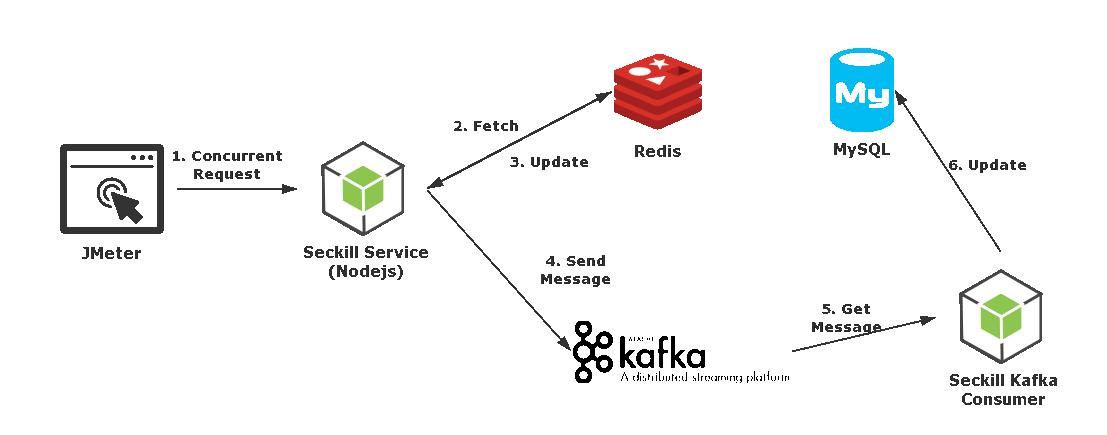In web development, nodeJS is an epochal significance in terms of front-end. Front-end will use NodeJS. Do you know what NodeJS is and what it does? This article introduces you to NodeJS.

Introduction to NodeJS
1. Node is a Javascript runtime environment based on V8 engine, which enables Javascript to run on the server side, directly interact with the operating system, and interact with file control,
Network interaction, process control, etc. Node.js is simply JavaScript running on the server.
Node.js is a platform built on the Chrome JavaScript runtime.
Node.js is an event-driven I/O server-side JavaScript environment, based on Google’s V8 engine, which is very fast in JavaScript execution and has very good performance.
Install Node.js
The official installation package and source code download address: https://nodejs.org/en/
Common nodeJs scenarios
1. The back-end that is used to provide data for the front end
2. Nodejs adopted by Tencent Video as the middle layer (search engine optimization, first-screen optimization)
3. Build workflows
Four, advantages and disadvantages
Advantages: Node.js uses an event-driven, non-blocking I/O model, programmed asynchronously, making it lightweight and efficient.
Disadvantages: single process, single thread, only supports single-core CPU, can not make full use of multi-core CPU server. Once the process crashes, the entire Web service crashes.





